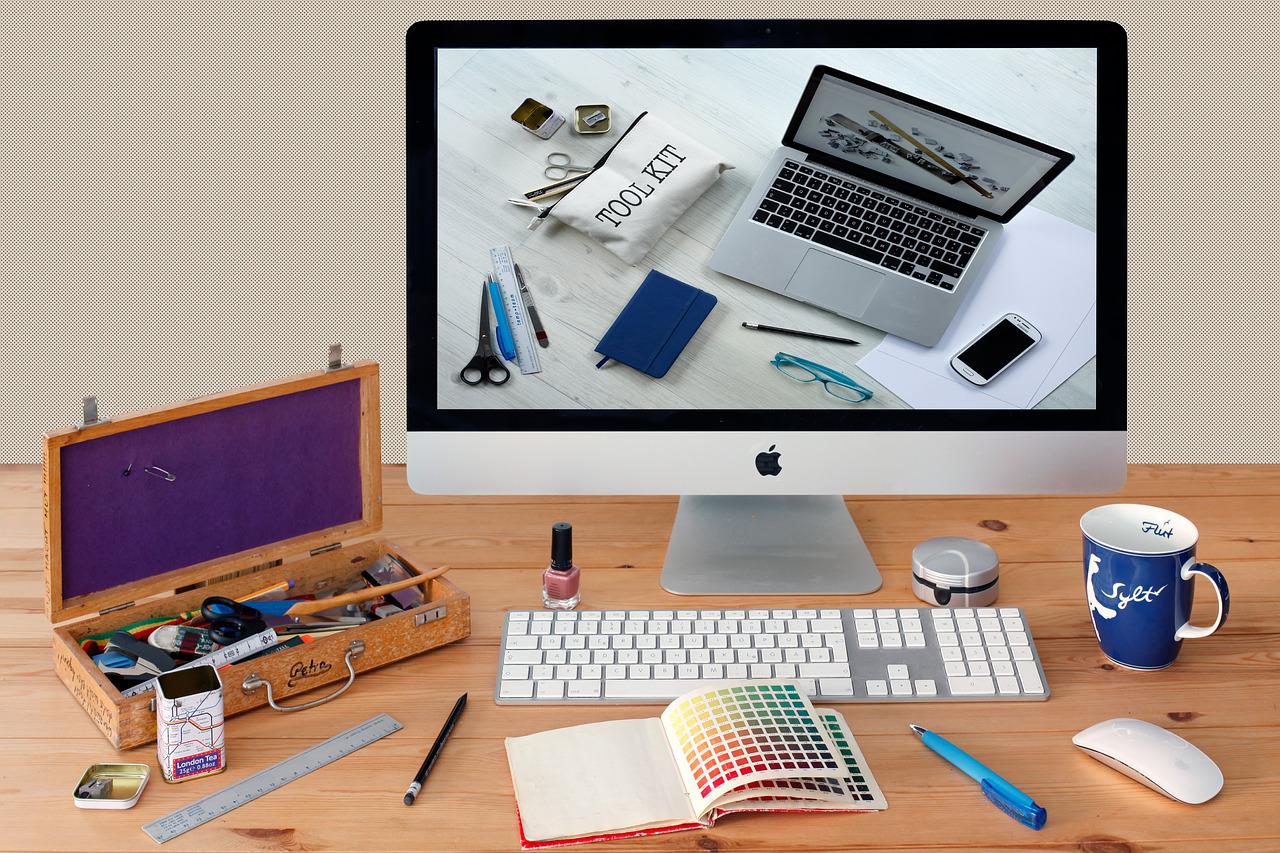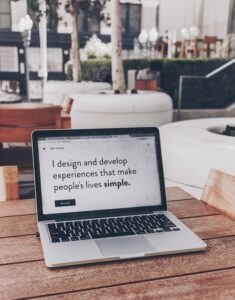7 Steps to Starting Your Own Fashion Brand

If you want to start your own clothing line, there are many things to consider before taking the plunge. Not only do you need to develop a solid business plan, but you also need to find appropriate fabrics and materials and hire qualified stylists and seamstresses. Fortunately, there are resources that can guide you through the process of creating your own fashion brand. Here are 7 steps to help make the process easier.
Step 1: Create your brand vision
Fashion design can be a daunting career path, but fashion industry jobs aren’t as scarce as you may think. First, create your brand vision—and make sure it’s something that is feasible for your personal or team skill set. Step 2: Create a product-line plan: Now that you know where you want to go, figure out how much and what types of inventory will support your retail plan.

Step 2: Know your customer
As you start thinking about creating your fashion apparel designs, it’s important to start by defining who you are designing for. If you don’t know what style or type of clothing your customer wants and is looking for, how will you design a product they will want to buy? The first step in making your fashion design business a success is having a firm understanding of who will be buying your clothing.
Step 3: Know your brand identity
One of your first steps in starting a fashion brand is to nail down your brand identity. Who are you designing for? What do you want them to feel when they wear your clothes? These things should be consistent throughout all of your materials: You’ll have a hard time selling something as unique if there’s nothing about it that makes it stand out from its competition.
Step 4: Selecting a manufacturer
Choosing a manufacturer is almost as important as designing your collection. Make sure that your manufacturer has experience working with your fabric, and keep an eye out for quality control issues. Order multiple samples of your fabric from various manufacturers so you can match colors more accurately. Tech packs for pajamas, tech packs for lingerie, tech packs for dresses – create tech packs yourself and save some money!
Step 5: Choosing an e-commerce platform
Once you have a name, your next step is picking an e-commerce platform. Depending on your preferences and budget, there are numerous providers out there—here are a few popular options: Shopify, BigCommerce, 3dcart, Volusion. To find out which fits your needs best , ask yourself these questions: What type of interface do I want? Do I want a shopping cart or wish list (or both)? Will it be easy for customers to buy my products?
Step 6: Decide on a sales model
It’s vital that you find a profitable sales model before moving forward with your designs. There are three main models: Retail, wholesale and e-commerce. In retail you sell directly to consumers while in wholesale you sell through distributors or retailers. Finally, if you decide on an e-commerce approach then you will have your own online store where people can purchase your designs.
Step 7: Set your marketing strategy
Create tech packs for your designs. Tech packs contain all your original printed drawings and are used by factories for manufacturing purposes. These files must be created in CAD software, usually AutoCAD, Inventor or other (but you can use any type). Because they are technical in nature, you may need to follow tutorials before creating one yourself. You can also hire a specialist or a qualified freelancer to do it at a reasonable cost.
For that we have selected a few who can meet your needs.







